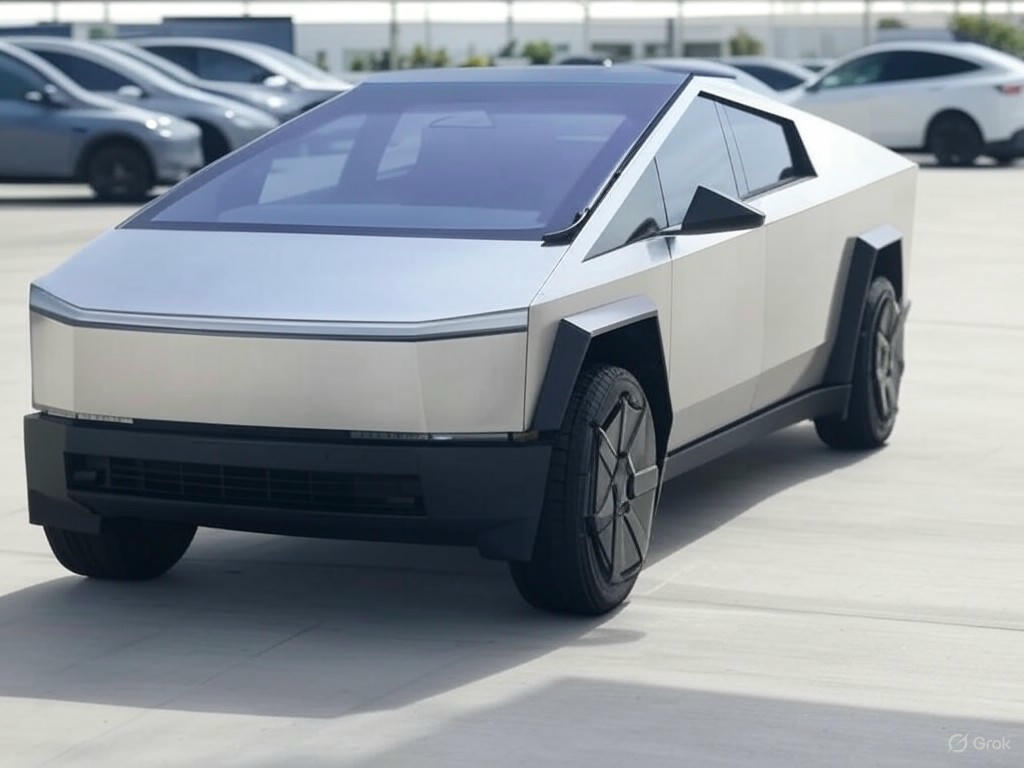Tesla, the electric vehicle giant, has recently encountered a stumble in its stock value following news of production pauses for its much-anticipated Cybertruck and Model Y vehicles. Investors reacted swiftly to the announcement, driving down shares as concerns mount over potential delays in delivery timelines and the company’s ability to meet ambitious production targets. The market’s response underscores the high expectations placed on Tesla to maintain its position as a leader in the EV industry, especially amidst growing competition from both traditional automakers and emerging startups.
The production halt, while not fully detailed by the company, appears to be tied to supply chain challenges and the need for adjustments in manufacturing processes. The Cybertruck, a futuristic pickup that has garnered significant buzz since its unveiling, has already faced multiple delays, frustrating eager customers and analysts alike. Similarly, the Model Y, one of Tesla’s best-selling vehicles, plays a critical role in the company’s revenue stream. Any interruption in its production could have a ripple effect on Tesla’s financial performance in the coming quarters. Industry experts suggest that these pauses might be a strategic move to refine quality or integrate new technologies, but the lack of transparency from Tesla has left room for speculation and uncertainty.
Amidst this backdrop, Tesla is pushing forward with an innovative venture that could reshape its future. The company is set to debut its robotaxi service in Austin on June 22, utilizing specially adapted Model Y vehicles equipped with an advanced iteration of its ‘Full Self-Driving’ software. This launch marks a significant step in Tesla’s vision to revolutionize urban transportation by offering autonomous ride-sharing services. If successful, the robotaxi initiative could open new revenue streams and reinforce Tesla’s dominance in the autonomous vehicle space. However, the technology remains under scrutiny, with regulators and safety advocates closely monitoring its performance following past incidents involving Tesla’s self-driving features. The Austin rollout will serve as a critical test of public trust and technical reliability.
As Tesla navigates these challenges and opportunities, the company’s ability to balance innovation with operational stability will be key. The production pauses for Cybertruck and Model Y may be temporary setbacks, but they highlight the complexities of scaling cutting-edge automotive technology in a competitive landscape. Meanwhile, the robotaxi project represents a bold bet on the future, one that could either solidify Tesla’s pioneering status or expose it to further risks if execution falters. For now, investors and industry watchers are keeping a close eye on how Tesla manages this pivotal moment. With its stock under pressure, the coming months will reveal whether Tesla can regain momentum and deliver on its promises, both on the factory floor and on the streets of Austin.
